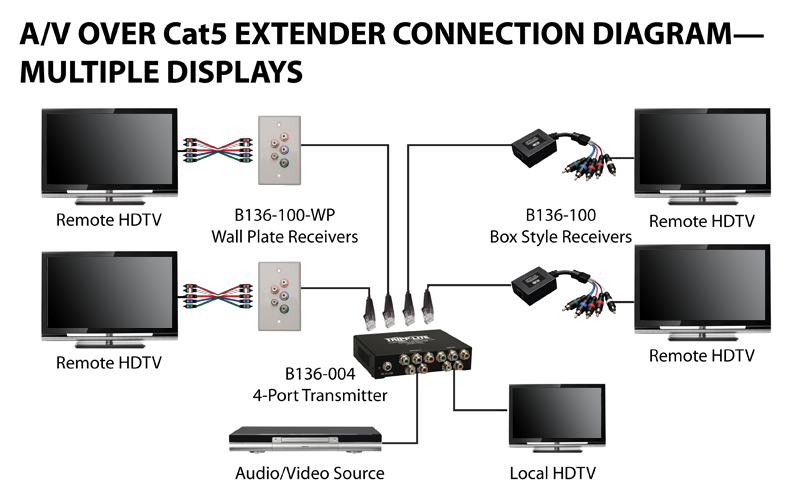Illuminating the Impact of Lighting Circumstances on Motion Identification Accuracy and Dependability
Illuminating the Impact of Lighting Circumstances on Motion Identification Accuracy and Dependability
Blog Article
Illumination environments play a crucial role in the way effectively we can detect motion. Movement detection is a critical component of different technologies, including security cameras, automatic illumination systems, and even some video games. Understanding the ways various lighting environments affect our capacity to detect motion can assist improve the design and effectiveness of these systems. For example, poor lighting might lead to missed movements or false alerts, while optimal lighting can enhance the accuracy of motion detection technologies.
In bright lighting environments, movement detection is generally more reliable. When there is sufficient illumination, sensors and cameras can capture clearer pictures, which helps in recognizing moving elements. Bright conditions allow for better contrast between the dynamic object and the surroundings. This differentiation is essential for both human viewers and automated technologies, as it makes it simpler to differentiate between stationary and moving objects in a scene. Thus, making sure that areas are well-lit can greatly improve the effectiveness of motion detection technologies.
Conversely, dim conditions can present challenges for movement detection. In low-light settings, shadows can hide moving elements, making them hard to perceive. Additionally, the eye faces challenges to perceive motion in low light, which can lead to misinterpretation of what is happening in the environment. Cameras may also face challenges, as many do not function well in dim conditions without the use of infrared capabilities or alternative enhancements. These limitations highlight the importance of sufficient illumination in settings where motion detection is essential.
Moreover, different kinds of lighting can have varying effects on motion detection. For instance, fluorescent lights can flash, which might mislead motion detection systems that depend on consistent light sources. On the other hand, natural provides a steady form of lighting that enhances visibility. Understanding these variations in lighting conditions can guide operators in choosing the most suitable lighting for specific applications, particularly in surveillance and safety situations.
In summary, the relationship between illumination environments and movement detection precision is significant. By ensuring that environments are suitably illuminated, we can enhance the reliability of movement detection systems. This understanding find this not only supports tech applications but also enhances security news and security in multiple settings. As further developments are made in motion detection technology, taking into account lighting conditions will remain a vital factor in enhancing effectiveness and guaranteeing that these technologies work properly in different environments.